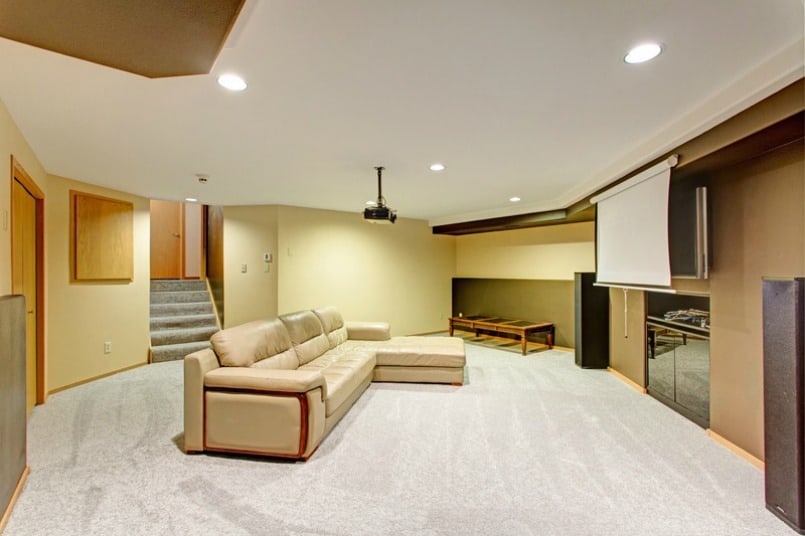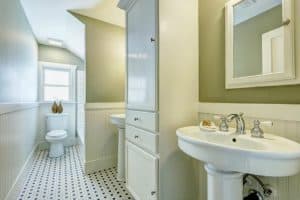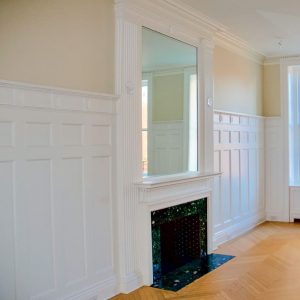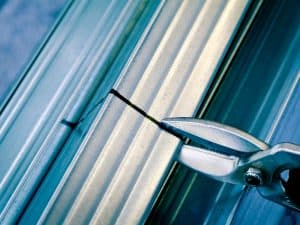Basement lighting design Ideas made simple
Are you struggling to come up with the best lighting ideas for your basement retreat? Creating the right basement lighting ideas isn’t easy.
Basements get little or no natural light. So the lighting you add is going to have a big impact on the ambiance of the space.

When you flick the light switch on you can create a bright playroom, a warm media room, a cool home gym or a productive home office. Each one of those spaces will work best with a distinctive lighting design.
No wonder there’s some pressure to get the basement lighting just right! But, with some
best type of fixture to use
Basement ceilings can be tight spaces. Your light fixtures may have to fit between beams, joists, pipes or ducts. Pick a small fixture so that you can work around the inevitable conflicts with something that can’t be moved.
You can use hanging fixtures over tables or counters that won’t move. But surface-mount fixtures can get in the way if your ceilings are on the low side. And surface mount fixtures create shadows and dark corners.
The light fixtures you use serve two functions: they light the space in a bright natural way and at the same time help set the ambience of the space.
Basement lighting with Recessed Ceiling Lights
Recessed ceiling lights are almost always the best choice for basement lighting. Whether you plan a media room, a play room a home office or a gym, basement recessed lights have clear advantages.
Recessed lights are tucked away inside the ceiling. This makes them an ideal choice for low ceilings.
You can eliminate most of the shadows in a room with recessed lights. You just need to space the lights so the light beams from the fixtures overlap each other. That’s how to eliminate shadows cast by furniture. And corners are brighter too. That gives any room a feeling of spaciousness.
You can control the beam of light because recessed fixtures come in a variety of types including spotlights and wall washers.
Also, when you have just one surface fixture, you will have shadows on floors and walls from the way the light hits furniture.
Recessed lights are often the very best option for basement lighting ideas.
Types of Recessed Ceiling Lights
There’s never been a wider selection of recessed lights to choose from. Recessed lights fall into different types based on the features that work best in a given design:
- Source of light they use
- Size of the fixture
- Brightness and color of the light
- Configuration of the light beam
- Style of the trim kit
Source of light
Buy LED recessed light fixtures. Don’t even look at other fixtures. LEDs are rapidly becoming the most popular type of light. They offer advantages that just can’t be matched by any other type of light.
LEDs save you money when you buy them and when you use them. They are inexpensive and very energy efficient.
They offer more a great range of color temperatures than traditional lights. And the temperature of the light has a huge influence on the ambience of a space.
Imagine that you were to turn off all the lights in your office and then light a candle. That’s a drastic change in the lighting. But, just by changing the lighting you would completely change the ambience of the space.
I can’t think of a faster or better way of setting the ambience than by setting the lighting.
LED lights last for tens of thousands of hours. In a basement that’s important because if the basement is being used, the lights are always going to be on.
Most LEDs are dimmable. You should make sure that any LEDs you buy are dimmable.
Fixture size
Basement ceilings often have pipes, ducts and even beams to work around. You need to fit fixtures in small spaces. LED fixtures are usually the smallest type of fixture. This applies to their height as well as the other dimensions. This means they can fit into tight spots in your ceiling better than other fixtures can.
LED fixtures The most common sizes for the opening in an LED trim kit are 4” and 3”.
And you can also buy bigger trim kits that are designed to replace the bulb in an old incandescent style fixture.
If your ceiling is already finished, you can install remodeling kits. These are fixtures that can be installed without damaging the sheetrock of your ceiling because they are designed so that the entire fixture fits into the opening for the trim kit. You can add these fixtures and you won’t even need to paint afterwards.
Here is an example of a Lightolier downlight available in a remolding version or a new construction version.
Brightness and color of the light
Gone are the days when we measured the brightness of a bulb in watts. We measure the brightness of the light in Lumens and the color temperature in Kelvin. For comparison, an old-style 50 watt bulb gave off 800 Lumens and that warm yellow tint of the light was approximately 2700 K (for Kelvin).
Generally speaking, 2700k – 3000k is considered to be warm white. And 3500k – 5000k is Natural White. 5000k to 6500k is a very bright white – suited to task lighting in a workshop or office.
Configuration of the light beam
Recessed lights give off a beam of light similar to the way that a flashlight gives off a beam of light. And just like a flashlight, the beam of light spreads wider as it moves outward from the flashlight. Recessed lights work the same way. When you plan the layout of your lighting you’ll use mostly flood lights.
- A spot light has a light beam that spreads at 20-degrees.
- A floodlight has a light beam that spreads at 40 degrees
- A wide floodlight spreads the light at 60 degrees
A 1600 Lumen surface-mounted fixture could light a whole room. It’s the equivalent of an old-fashioned 100 watt light. But because the light of a recessed light is focused into a beam, you will want to have more lights in the ceiling.
Trim kit style
Square trim pieces will give a very modern appeal to you lighting design
Round trim pieces are softer and more traditional
How far apart should the lights be?
It’s very easy to figure out how far apart to space your lights.
Take the height from floor to ceiling, divide that by 2 and use that number as the spacing for your basement lights. If your ceiling is 8’ above the floor, divide 8’ by 2 and your lights should be spaced approximately 4’ apart.
20-Degree Spotlight
A 20-degree spotlight spreads a cone of light that will be 30” in diameter at the floor if your ceiling is eight feet above the floor. Spotlights are perfect for creating a focal point when you have a special decorative piece you want to draw attention to.
Spotlights aren’t suited as general lighting because you’d need to space them only two feet apart.
40-Degree Spotlight
A 40-degree floodlight, which is the most common configuration, spreads a cone of light which will be 60” in diameter at the floor. This is a typical recessed light. And if you can place them approximately four feet apart from each other you’ll get great coverage.
If you want to highlight artwork or wall shelves, you can use wall washers around the perimeter of the room. Set them approximately eighteen inches to twenty four inches off the wall. A great place for a couple of wall washers is the stair wall going upstairs from your basement.
Dim your lights
Adding dimmers is a great way to control the intensity of your your basement recessed lighting. Make sure the LEDs you buy are dimmable.
You’ll need to check the manufacturers literature to know exactly what type of dimmer to use with your lights. Dimmers and lights are not universally interchangeable.






